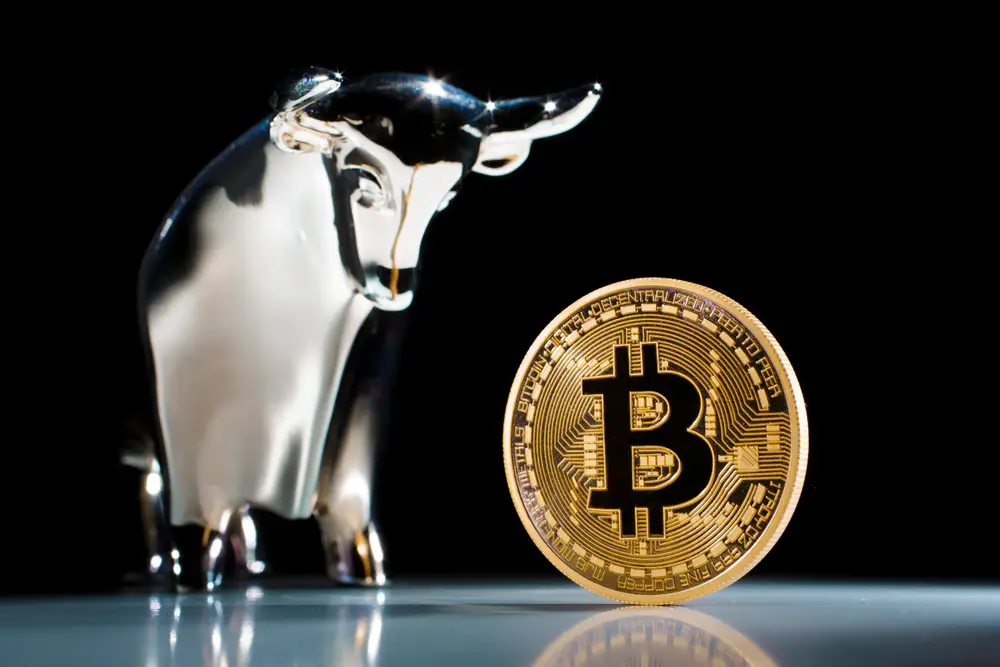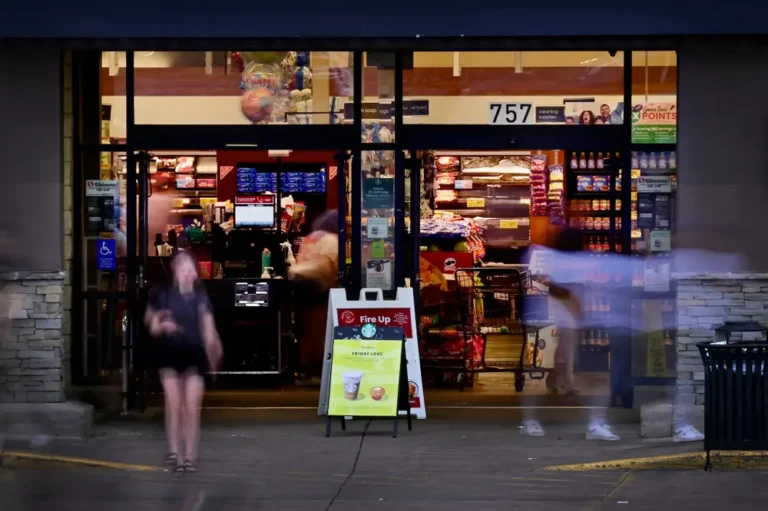The under-the-radar bull case for bitcoin that’s got nothing to do with the election or the Fed

Widening trade deficits, a $35 trillion pile of debt, and the consistent loss of the US dollar’s purchasing power have long been heralded as the key pillars of the bitcoin bull thesis.
Even a potential Donald Trump election win in November has been ascribed to the cryptocurrency’s recent bullish behavior.
The world’s largest crypto is only a few percentage points away from a fresh all-time high.
Yet, there’s a structural bull case that doesn’t get talked about much, even though it could have a considerable impact on the long-term price of bitcoin: tokens lost in the event of death or just poor planning.
This argument arose recently with the latest furor around the potential unmasking of bitcoin’s pseudonymous creator, Satoshi Nakamoto, in an HBO documentary released this month. Before it premiered, some theorized that their identity was the American computer programmer Len Sassaman, who died in 2011.
Satoshi Nakamoto being deceased would potentially soothe a big fear that’s loomed over the bitcoin market for years, which is that the person could sell their estimated 1 million bitcoin.
That is a substantial percentage of the 21 million bitcoin that will ever exist, and such a massive sale was long feared as a bearish event for the token.
If Satoshi did not leave proper instructions to transfer the assets upon their death, then the fixed supply of 21 million bitcoins is probably closer to 20 million.
Sean Farrell, head of digital assets strategy at Fundstrat, highlighted this dynamic in a note earlier this month.
“There’s a slight upside risk if they identify someone who is deceased, as this would effectively ‘burn’ Satoshi’s supply for good,” Farrell said.
“Bitcoin’s true float is undoubtedly below 21 million,” Farrell told B-17. “This is something that we all know to be true but is nearly impossible to verify.”
That’s also because losing bitcoin is relatively easy even when you’re still alive.
Lost bitcoin essentially “burns” it, decreasing the amount available for investors to purchase and reinforcing a basic economic principle: less supply means higher prices with constant or increasing demand.
Farrell estimates that about 1.5 million bitcoins, or about 7.5% of the total supply, could be deemed “probably lost” because they haven’t moved since the launch of the first bitcoin exchange in 2010, about one year after bitcoin was created.
A story in The New Yorker in 2021 profiled a man in Wales who lost a trove of bitcoin that, at that time, was worth around $500 million when he accidentally threw a hard drive containing his bitcoin stash in the dump.
“It is probably only with the passage of time that we can get a sense for just how much of the bitcoin supply has been lost,” Farrell said.
Sophisticated investors who own a large amount of bitcoin often store the cryptocurrency on encrypted cold wallets to protect against hacks.
In these cases, that means the bitcoin is not held on an exchange like Coinbase, which has a recovery process for family members of deceased customers.
Rather, it’s typically held on a physical USB drive that could look meaningless to an unassuming eye and get easily lost or looked over in the shuffle of cleaning up an estate.
Bitcoin’s decentralized nature means no bank or authority can access or recover the assets without the private key to the wallet or hard drive.
“Unlike traditional financial accounts, there is no institution to contact to recover your cryptocurrency. If no one has your private key, the funds will be locked permanently,” Wealthica CEO Eric Lemieux told B-17.
He added: “If you store your bitcoin in a cold wallet and die without giving someone access to your private recovery keys or recovery phrases, the bitcoin could be lost forever.”
Lemieux said it is imperative for bitcoin investors who hold the asset on a cold wallet to ensure that their estate planning “includes your private key or recovery phrase through a lawyer or encrypted document stored securely.”
Otherwise, more lost bitcoin could mean even higher prices for the crypto.





